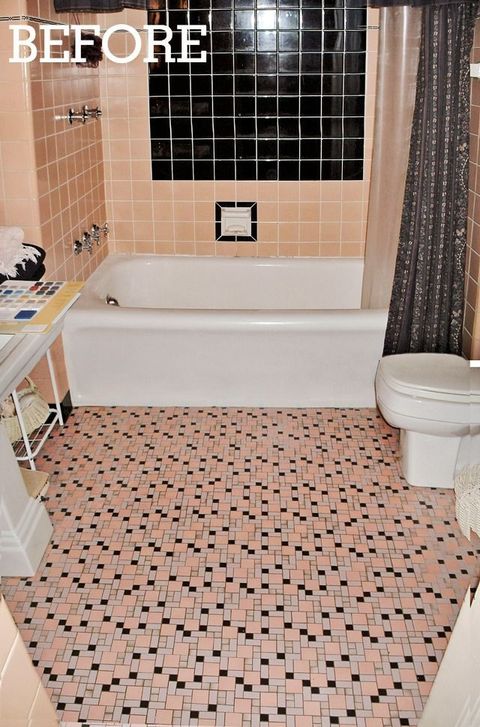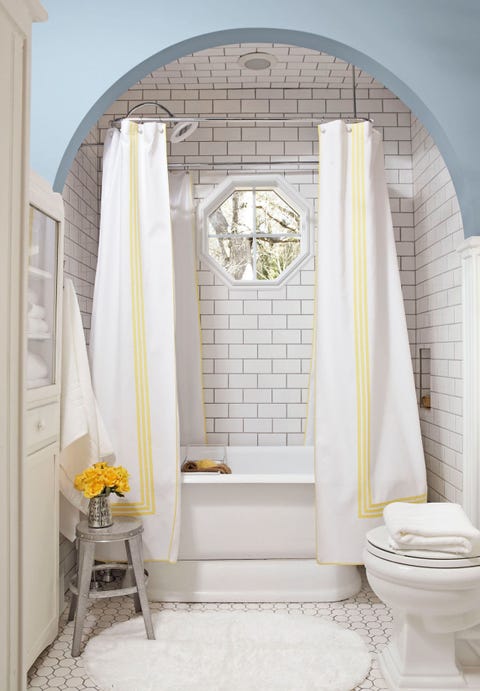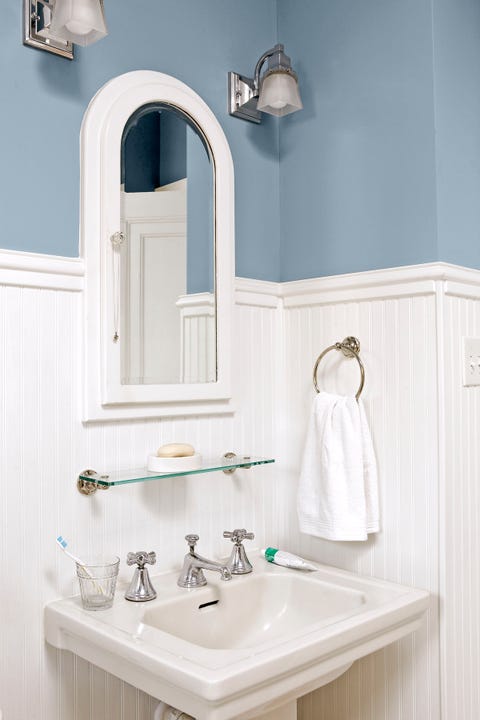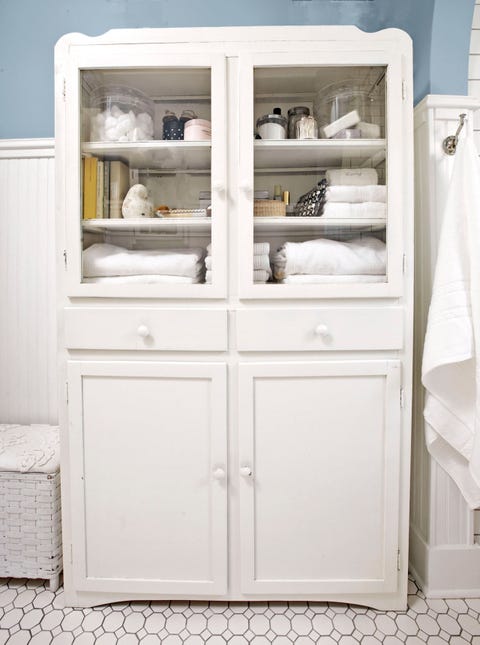High End Bathroom Exhaust Fans
Bathroom Ventilation Fan
Control moisture in your bathroom with a ventilation fan and learn the specifics of installing a fan in a main-level bathroom.
Your home improvement questions, answered by professionals from the National Association of the Remodeling Industry (NARI), an association of remodeling professionals committed to providing consumers with high standards of quality, honesty, integrity, and responsibility.
Can I add a ventilation fan to my main-level bath if I also have an upper level? How does it vent?
Many older homes were built without exhaust fans, requiring a window to be open to ensure ventilation. This is still allowed by our building codes, but in today's homes, it is preferable to install a proper-sized exhaust fan.
Many homeowners don't realize that as we improve our homes' insulation and reduce energy-wasting air leakage, our homes become even more dependent on mechanical ventilation.
This is especially true in bathrooms because of the abundance of moisture in the air from bathing and showering. As we improve our home's ability to be more energy efficient, the trapped moisture can cause everything from cosmetic wall and ceiling damage to more serious mold issues.
You might want to have a professional inspect your bathroom to see if there is a possibility of a hidden wall or ceiling pathway for air ducting that could lead to the roof. Many homes will have pathways built in for heating and cooling ductwork.
If there is no convenient way to vent your new fan up through the roof, you will need to have the fan vent through the bathroom's outside wall. Many of today's fans can be installed in either the ceiling or wall. How your home is constructed will determine if the fan can be in the ceiling or if it needs to be in the wall.
Installing the fan in a new location, especially penetrating an exterior wall, should always be handled by a professional. I would suggest either a licensed professional remodeler or an HVAC contractor. Creating a water-tight wall penetration and installing the necessary electrical connections need to be done just right to avoid serious repercussions.
Your installer should be able to provide a fan that will be sized properly for your bathroom. Keep in mind that bath fans can be noisy. All exhaust fans are rated for sound. They will have a numerical scone rating. Typically a rating of less than 2 is considered quiet. Many exhaust fans have much higher ratings and create much more noise. A noisy fan will be irritating and a constant reminder that someone didn't pay attention to this last important detail.
Answered By:
Steve Shinn, Certified Remodeler, NARI
Steve Shinn, Certified Remodeler, NARI
About Steve
"My goal as a remodeler is to offer quality service and creative solutions to happy homeowners of Metro Phoenix," says Steve Shinn of Tri-Lite Builders and Homework Remodels.
Steve Shinn is one of the leading remodelers in Phoenix. His interest in ongoing education has resulted in his recognition by the National Association of the Remodeling Industry (NARI) as a Green Certified Professional and a Universal Design Certified Professional. He recently completed the NARI training and will soon complete the testing to attain their Certified Kitchen and Bath Remodeler designation. Shinn is currently president of the Greater Phoenix NARI chapter, and one of the local NARI Contractor of the Year award winners.
His creative focus on solutions rather than challenges has resulted in continued business success. His commitment to working for happy homeowners continues to result in a growing family of satisfied clients.
You can learn more about Shinn and his remodeling companies at both of his websites; homeworkremodels.com and triliteremodeling.com
More for You
High End Bathroom Exhaust Fans
Source: https://www.bhg.com/bathroom/remodeling/planning/bathroom-ventilation-fan/



























































